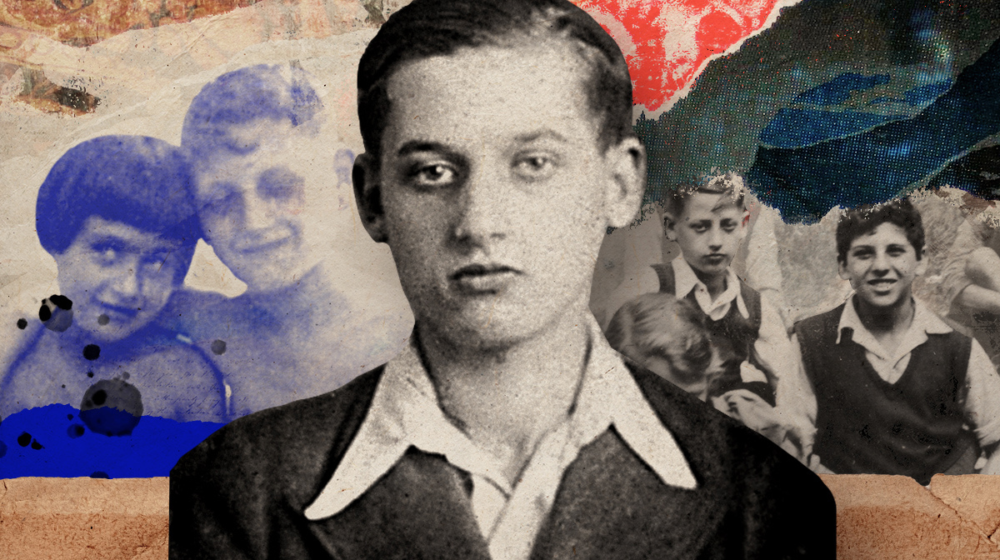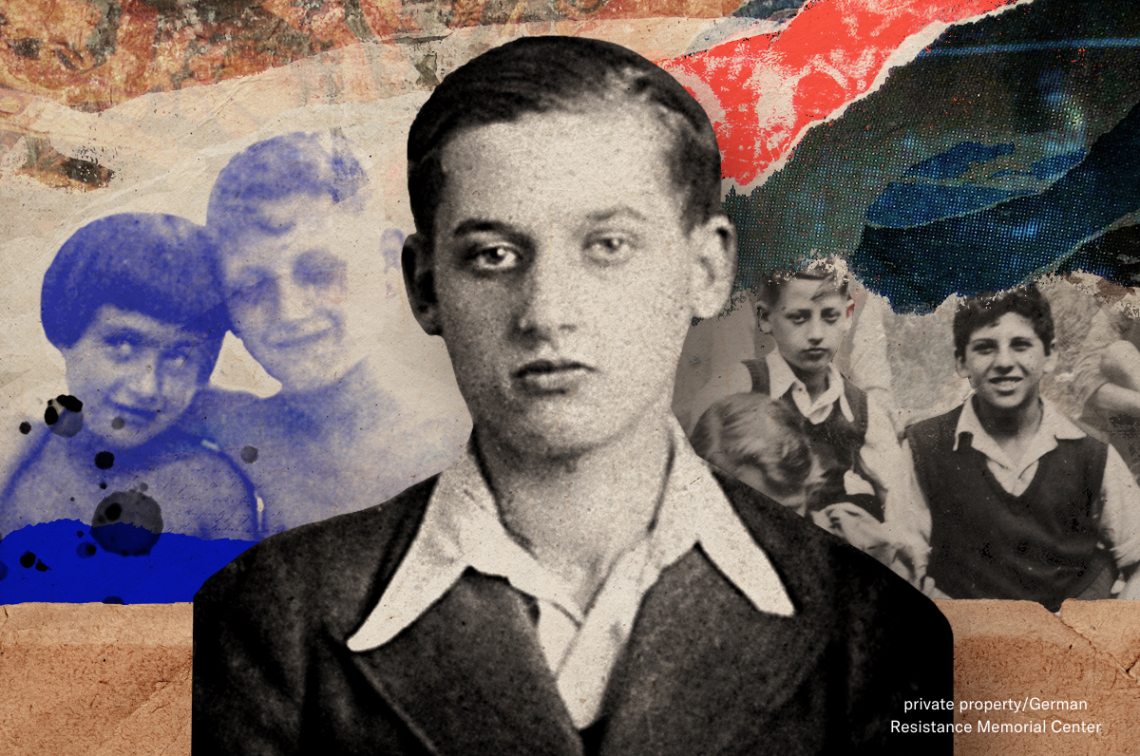Explore the stories of Jewish children in Berlin with a smartphone

Whereabouts in Berlin did Jewish children live during the Nazi era? Where did they go to school? What did their day-to-day lives look like in the face of increasingly strict antisemitic legislation? And what were the consequences of persecution for these young people? With “Marbles of Remembrance” and a smartphone, anyone can set off and search for traces of their lives in Berlin.
Marbles of Remembrance has been temporarily discontinued as of 21.12.2021. Due to recent events linked to the messaging service Telegram, we have decided to stop offering these tours of Berlin exploring the stories of Jewish children in their current format.
When we were developing this project, we made a conscious decision to put it on Telegram because we were keen to provide high-quality socially relevant educational resources about the history of National Socialism on this popular messaging app that is also used to publish highly problematic content. However, we feel a red line has been crossed, as the operators of the platform refuse to take any action despite recent developments. Even planning hate crimes on Telegram does not provoke an adequate response. In fact, the app promotes radical, anti-democratic networks.
We hope you will understand our decision to temporarily discontinue our multimedia city tours. We are looking for a solution, so watch this space – we will let you know as soon as we relaunch “Marbles of Remembrance.”
- “Marbles of Remembrance” features five multimedia city tours that offer an interactive approach to learning about history
- With data on over 8,500 children and more than 340 locations, the metadata in the archive uncovers a hitherto partly hidden chapter in the city’s history and brings it to life
- “Marbles of Remembrance” is a chatbot that runs free of charge on the messaging service Telegram and can be used in English and German
Zvi Aviram lived with his family in Prenzlauer Berg in Berlin until his parents were deported in 1943. He managed to go into hiding, join a resistance group, and survive several arrests. Users can learn more about Zvi’s life story on a tour through Prenzlauer Berg. Four more tours routed through neighborhoods like Mitte, Wilmersdorf, and Schöneberg tell the stories of other Jewish children and young people who went into hiding in Berlin in the Nazi era.
“Digitization and innovative formats enable us to find all sorts of new ways to tell the stories of Nazi persecutees on the basis of the documents in our archive,” explains Christian Höschler from the Arolsen Archives. “‘Marbles of Remembrance’ offers multimedia tours – this is a new approach for us. The stories are told not only through text messages, but also with documents, photos, infographics, and voice messages.”

“Marbles of Remembrance” runs on smartphones with the messenger service Telegram.
Three of the tours have been designed as knowledge rallies; users answer questions before they move on to the next station. This form of gamification combines human movement in public space with the digital communication of historical knowledge.
“We’ve grown up with the Internet and with smartphones – and that’s how we get most of our information. Direct communication on social media platforms is part of everyday life and learning. That makes the chatbot particularly suitable as a new medium for interactive storytelling. This way, you experience history on a more direct, more emotional level,” comments Nina Hentschel, Co-Founder & CMO at Fabular.ai, who co-developed “Marbles of Remembrance.”
Uncover the city’s hidden history
With data on over 8,500 children from Berlin and more than 340 locations, a wealth of additional information can be called up at any time all over the city to complement the content of the tours themselves. This brings the memory of the places connected with the youngest victims of Nazism and their fates into day-to-day life in the present.
Users can also ask questions about the history of the Holocaust or about the archival collections which the chatbot is based on. This function and various other features of “Marbles of Remembrance” promote self-directed engagement with the Holocaust and with Berlin’s urban history and the destruction of Jewish life there.
“Marbles of Remembrance” is funded by the Foundation “Remembrance, Responsibility and Future” and was developed in cooperation with fabular.ai.
Press photo: Collage “Marbles of Remembrance” (in the forefront: Zvi Aviram)
Photo Credit: private property/German Resistance Memorial Center





